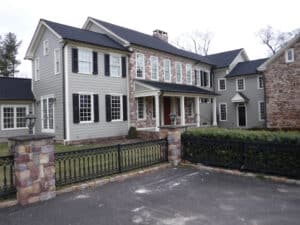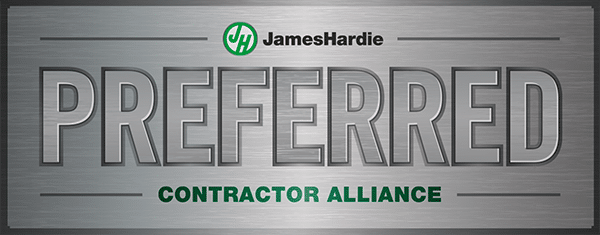The local CBS affiliate in Philadelphia has a story that many lawyers already know: defectively installed stucco is causing homeowners to spend thousands of dollars to repair their homes. The story underscores another problem homeowners face: they will not likely recover a dime of their repair costs.
The story recounts an all too familiar tale of homeowners who discovered defects related to improperly applied stucco, brought suit against the builder, obtained a judgment, but have been unable to collect on the judgment. The two primary reasons that homeowners face difficulty in collecting on judgments for defective stucco installation – or any defective construction for that matter – are the unavailability of insurance proceeds and the court’s respect for the corporate structure.
Insurance Coverage for Defects.
Homeowners in construction defect cases are always unpleasantly surprised to learn that in Pennsylvania a builder’s or contractor’s insurance policy does not cover claims of defective construction. Pennsylvania Courts share the opinion of a minority of states that faulty workmanship is not an “occurrence” under an insurance policy and, therefore, not subject to insurance coverage. Homeowners can thank the Pennsylvania Supreme Court and something known as the “Kvaerner doctrine” for this.
Generally, an insurance company’s duty to defend a lawsuit against its insured and to indemnify the insured (i.e. pay a judgment against the insured) depends on the language of the insurance policy. Most standard policies cover “occurrences” causing damage to persons or property. Moreover, most policies define an “occurrence” as something accidental. In Kvaerner v. Commercial Union Ins. Company, the Pennsylvania Supreme Court held that faulty workmanship was not an occurrence because “[s]uch claims simply do not present the degree of fortuity contemplated by the ordinary definition of “accident” or its common judicial construction in this context.” This holding has become known as the Kvaener doctrine.
Critics of the Kvaener doctrine point out that by holding faulty workmanship as not accidental Courts are essentially saying that contractors intended to construct the home in a faulty manner. While that is certainly true in some cases involving unscrupulous builders, more often builders have every intention of providing consumers with a sound product that they can be proud of. Despite this criticism, Pennsylvania Courts and their federal brethren have upheld Kvaener time and time again. Thus, unless Pennsylvania Courts suddenly have a change of heart, homeowners are stuck looking solely to the contractor and builder to recover money for repairs.
The Liability of the Builder and Contractor
In stucco defect cases the liability of the builder and contract is usually clear. The problem is that the entities that built the home typically have little to no assets by the time homeowners obtain a judgment or verdict in their favor. Builders usually set up “single purpose” entities who are the legal owners of the homes at the time of construction. The only assets of these entities are the homes being built and once the homes are sold the entity has no more assets to “attach” and liquidate in order to have a judgment paid. Contractors, on the other hand, are often under-capitalized and rarely own many assets (much of their equipment is leased), especially in the case of smaller residential construction firms.
What about the deep pockets of the individuals who owned the single purpose entity? By statute, individual shareholders (in the case of a corporation) limited partners (in the case of a limited partnership) and members (in the case of a limited liability company), are not individually liable for the debts of the corporate entity. However, the “corporate veil” can be pierced in certain circumstances. There is no hard and fast rule as to when the corporate veil can be pierced. Court look to a variety of factors, including, failing to treat the entity truly as a separate entity and commingling personal and entity funds. Proving such a case is no easy task.
Certain states realizing the inequities that can result in a case involving defective workmanship to a residential property have passed statutes specifically requiring insurance policies in those states to cover claims for defective workmanship. However, until Pennsylvania’s legislature either passes a law like this or Pennsylvania courts have a change of heart, homeowners will continue to be frustrated when pursuing claims for defective workmanship.













